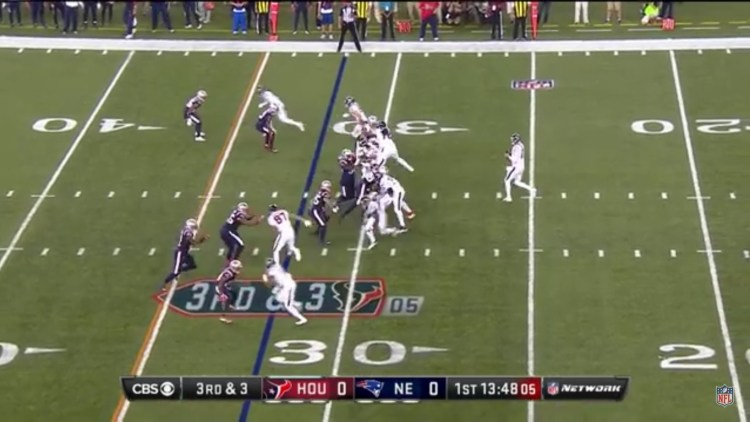Last month millions watched as Twitter made its biggest move into live events yet: livestreaming the NFL’s week two and week three Thursday night football games in HD, right from its own platform. Amid swirling rumors of a potential acquisition, many treated these first two games as a vital litmus test of livestreaming’s viability and the deal’s overall success.
While no one expected Twitter to match the huge viewership numbers the NFL gets on broadcast, people still don’t really know if the first two games on Twitter were a success. Sure, the first game had 2.1 million viewers, and the second game saw even more – 34 percent more to be precise – tuning in, but it’s largely still up for discussion whether Twitter and the NFL should count that as a success. With no benchmark or comparable event, it’s difficult to make that call
Whether you’re counting the viewer numbers from game two and three as a success or a misstep, it would be a huge mistake to think of the deal as a gimmick for the social media company as it’s identity continues to evolve. The industry would be better served acknowledging that measuring Twitter’s success by its viewer pool alone is shortsighted. These numbers don’t matter – yet. Twitter is playing the long game. And we’re only at kickoff.
Starting Off on the Right Foot
It’s easy to forget that Twitter’s primary focus after securing the NFL deal was not on promoting and building a large following for the stream itself. Sure, there was some promotion around the deal, but the initial bulk of work wasn’t put into getting people interested, it was put into building the capabilities to stream the games live and in HD. This is no small technical feat, even for a company with as many engineering resources as Twitter. Yet by all accounts, the stream, albeit slightly delayed, was flawless.
With the complex backend in place, Twitter has overcome the highest, hardest hurdle, which was creating an incredibly high standard for livestreaming events. Now it can turn its attention – and considerable resources – toward building up a new NFL audience while galvanizing the existing one, while any would-be competitors are now miles behind from a technical standpoint. And as we know, playing catchup isn’t a smart game plan in the fast-paced world of social. Had its process been reversed, the success of the deal would likely not even be a question. Instead, we’d have millions of 140-character complaints and negative reactions gifs to prove it.
The Gambit for Global
For years, sporting organizations beloved in the US, like the NFL, have known the massive opportunity for global expansion but have struggled with how to break into these foreign markets. This is especially true of Europe, a market the NFL is actively working to grow. While the introduction of two UK games a year has generated some interest in American football and resulted in sell-outs for every game, it’s going to take an innovative approach to get local teams – and eventually a league – off the ground.
As a global social media platform with a built-in user base, Twitter is an ideal channel for the NFL as it expands in the UK and broader European market. What’s more, with vast quantities of audience segmentation data at its disposal, Twitter can help the NFL uncover potential viewers and connect them with personalized content to enhance their viewing experience, both of which are invaluable when expanding into new geographies. And it won’t be long before Twitter communities begin sprouting up, allowing these early UK adopters to interact with fans both locally and in the US.
Advertisers are Going to Win – Big
Although its current livestream commands an audience only a fraction of the size of its broadcast brethren, Twitter has two critical things going for it when it comes to wooing advertisers and their wallets: the power to target users down to a very granular level, and the ability to accurately measure return on investment.
Linear television measurement firms such as comScore and Nielsen simply can’t compete — not now and maybe not ever. Add to that the bargain prices of social ads compared to traditional TV ones and it’s hard to imagine why advertisers would not at least experiment with a livestreaming budget. When Twitter’s livestreams do finally achieve a tipping point in audience size and complete the holy advertising trifecta, how long do we expect it will be before the next big Super Bowl ads from Doritos or Ford are debuted online? And can you imagine the virality?
Of course, anything could happen over the next eight nights of Twitter’s 10-game contract. We’ll just have to wait and see whether the true potential of this deal and of livestreaming will unfold. For now, let’s stop counting Twitter’s viewer numbers. Twitter isn’t aiming to win a single game, it’s aiming to be the champion of livestreamed sports. And I, for one, am excited to watch that play out.
Rod Favaron is CEO of Spredfast.
VentureBeat's mission is to be a digital town square for technical decision-makers to gain knowledge about transformative enterprise technology and transact. Learn More

